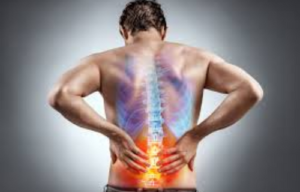Cervical and Lumbar Spondylosis

As cervical osteoarthritis or degenerative osteoarthritis, cervical spondylitis or spondylosis is also recognized. Age and time accelerate the symptoms. Cervical spondylitis may make walking difficult if it is not promptly and adequately treated.
In older persons, cervical spondylosis is more common. Our bones and ligaments start to lose their specific strength as we age. Movement becomes stiff in the neck as a result of cervical spondylosis. The neck disc gradually degrades, causing fluid loss. The discs start to grate against one another due to fluid loss. This results in stiffness and neck discomfort.
Symptoms
The following is a list of cervical spondylitis symptoms:
Cervical spondylosis causes neck pain, which can radiate to your shoulders or arms.
Beginning with a tingling sensation, the discomfort might get worse if ignored.
Standing, sneezing, sitting, coughing, or turning the neck backward can all make cervical pain worse.
Headaches may result from a stiff neck. Most of the time, the back of the head will experience headaches.
The arm and shoulders are the primary locations for tingling and numbness. Tingling can frequently extend to the legs. Numbness and tingling may coexist if the condition is not addressed.
As the bones start to deteriorate, you may experience balance issues and have trouble walking.
In a small percentage of cases, cervical spondylosis can cause loss of bladder and bowel control.
